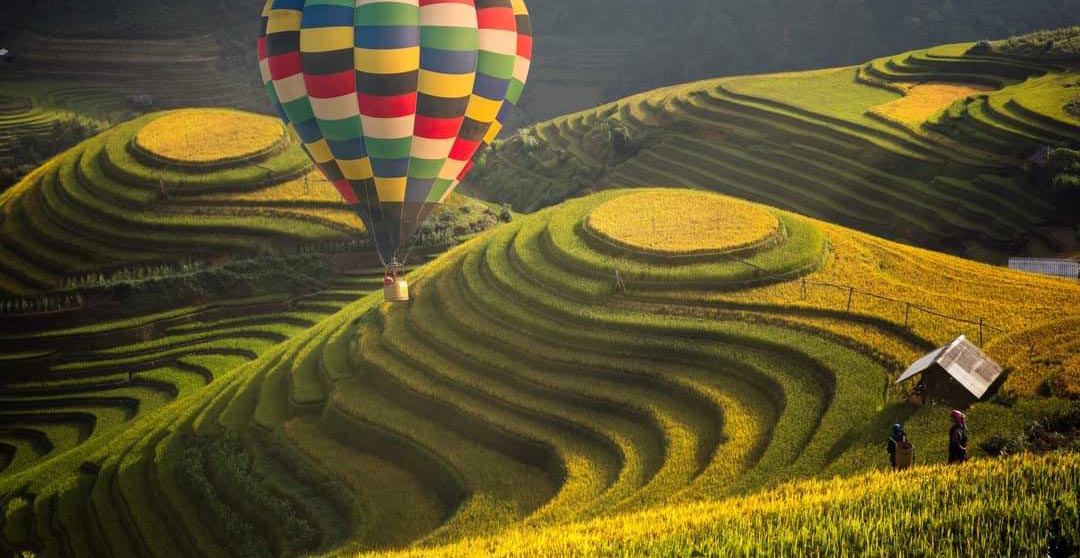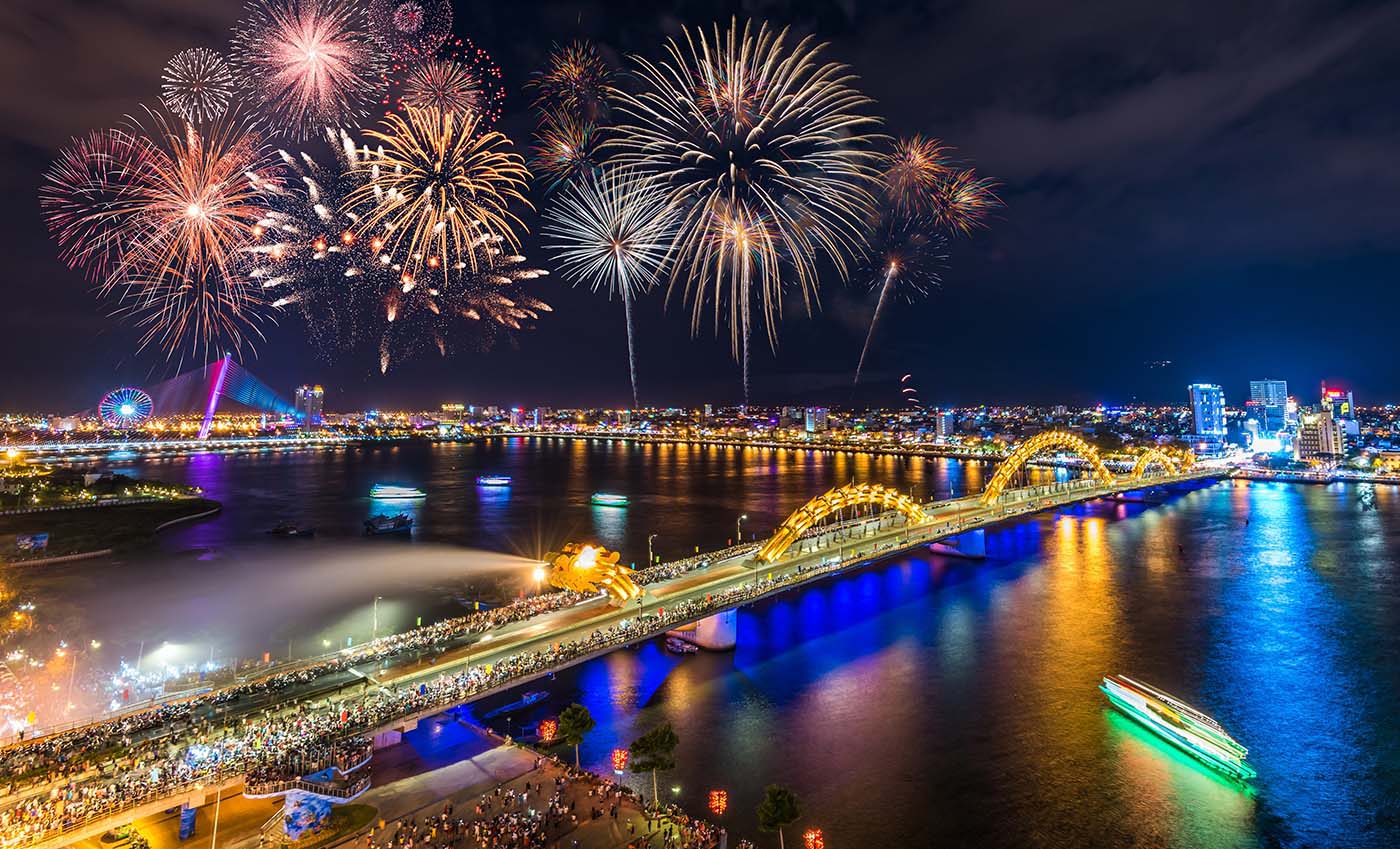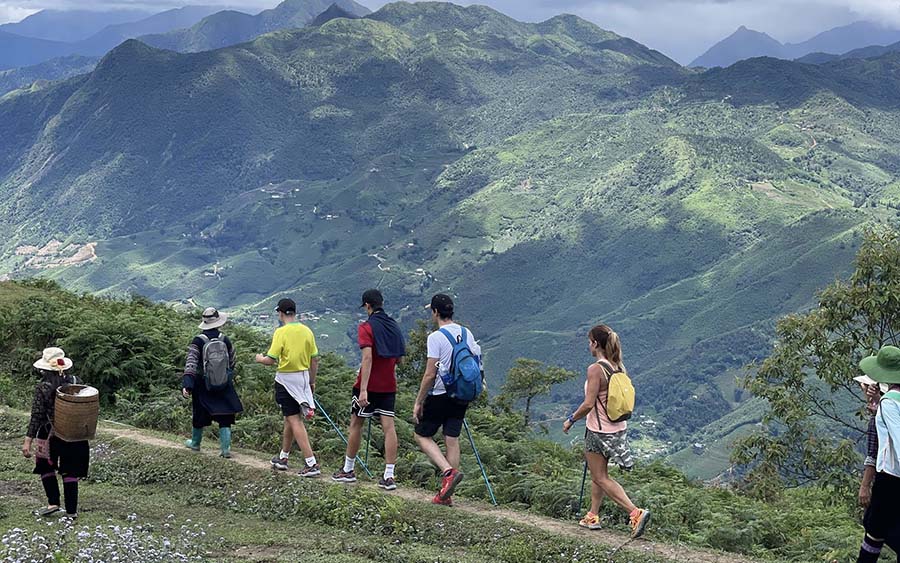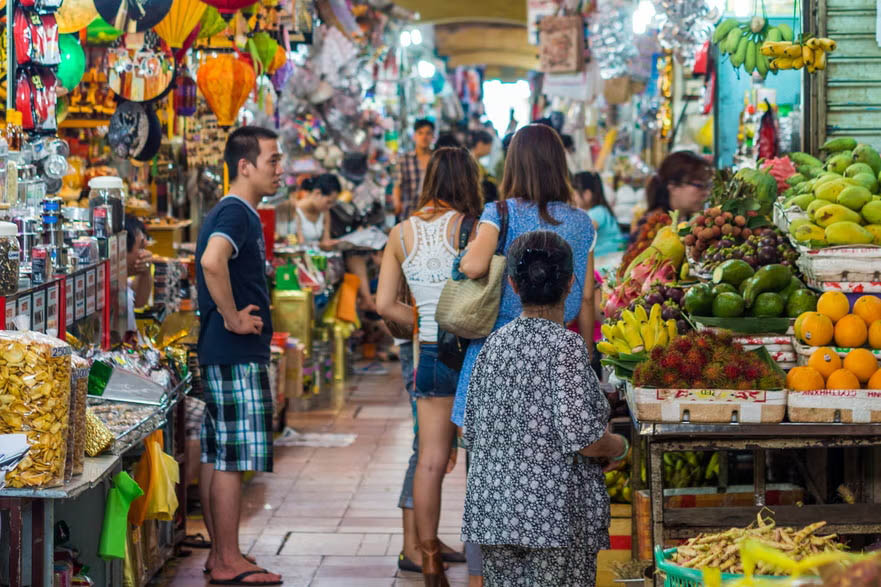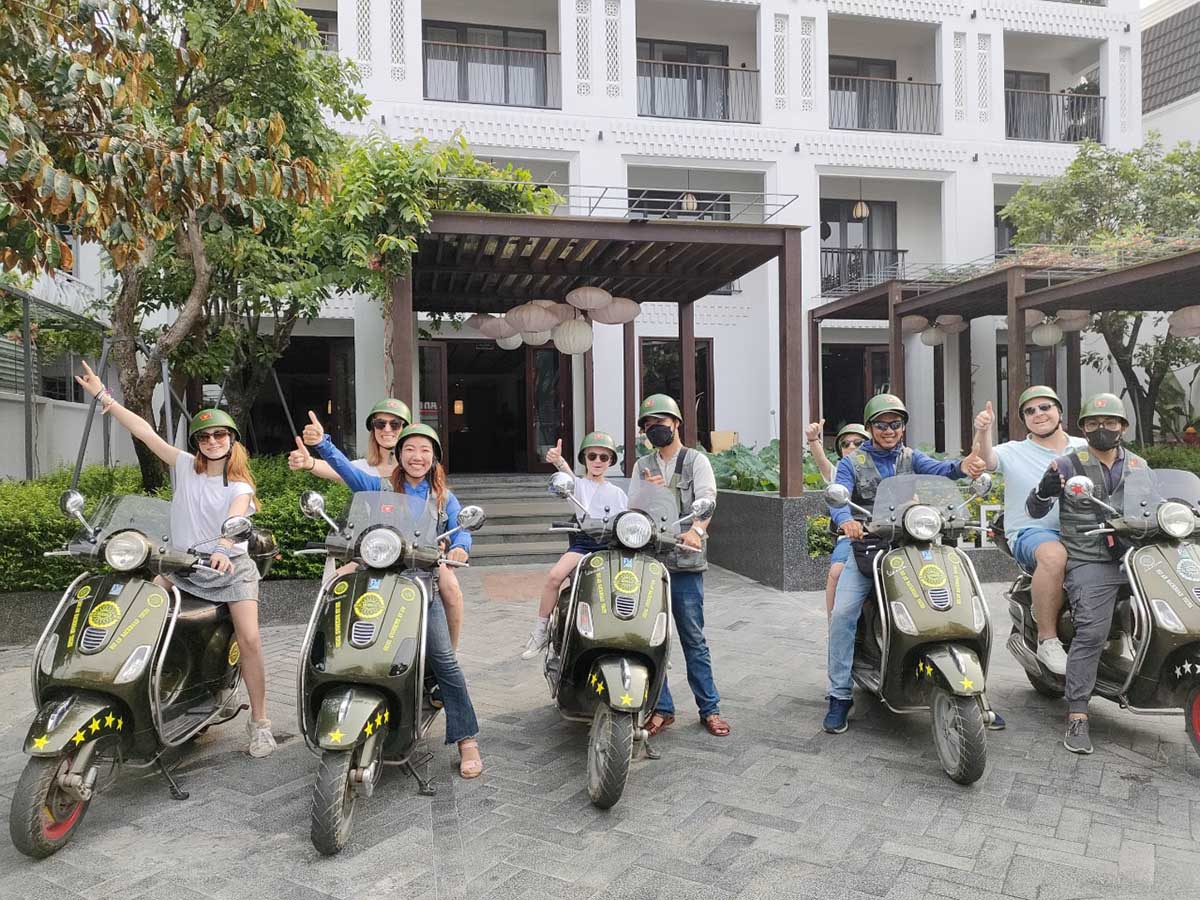Overview
Before delving into the details of the Sapa itinerary, here is some information to grasp the overview:
What to see
Things await you and the experiences you can have during your visit to Sapa:
-
Fansipan Peak: Here lies the pinnacle - the highest point among the three nations on the Indochina Peninsula. Conquering this landmark will mark a noteworthy achievement in your travel adventure.
-
Sapa town: The town is listed among the top 50 most beautiful small towns globally by the UK's Condé Nast Traveler magazine. The beauty of Sapa town lies in its concealed charm amidst nature and the lively culture.
-
Serene natural beauty: Vast forests, rolling hills, low-lying valleys, with traditional thatched houses peeking through the clouds and mist, especially the renowned terraced rice fields of the region.
-
Vibrant culture: In Sapa, the primary inhabitants are the four ethnic groups - Hmong, Dao, Giay, and Tay. The unique cultural amalgamation of each community adds a distinctive charm to Sapa and great impression on visitors.
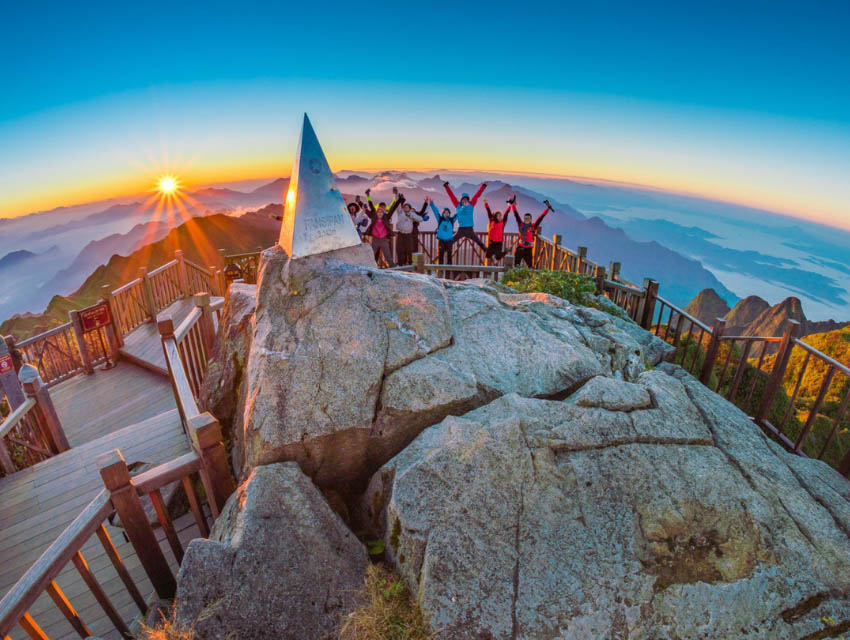
Sapa Fansipan conquering
-
Trekking heaven: The trekking experience in Sapa is a fantastic highlight. The idyllic routes will guide you through its mountainous terrains, rice fields, flowing streams, and rustic local villages. Some great routes for trekking in Sapa are Lao Chai, Ta Van (very easy trek), Y Linh Ho (easy trek), Sa Xeng, Hau Thao, Fansipan (medium trek).
-
Hotels with best view: From upscale artistic hotels like Hotel de la Couple, excellent retreat resorts such as Villa De Mont to cozy homestays with a direct view of terraced fields like Sapa Valley View, Sapa offers a plethora of excellent accommodation options catering to various preferences.
-
Delightful cuisine: Mountainous Vietnamese cuisine is rich and flavorful. Among the most famous Sapa specialties are smoked dry meat, chestnut cakes, roasted chestnuts, fish hotpot, traditional rice wine, sticky rice in bamboo sticks, jungle herbs, etc.
The best time to visit
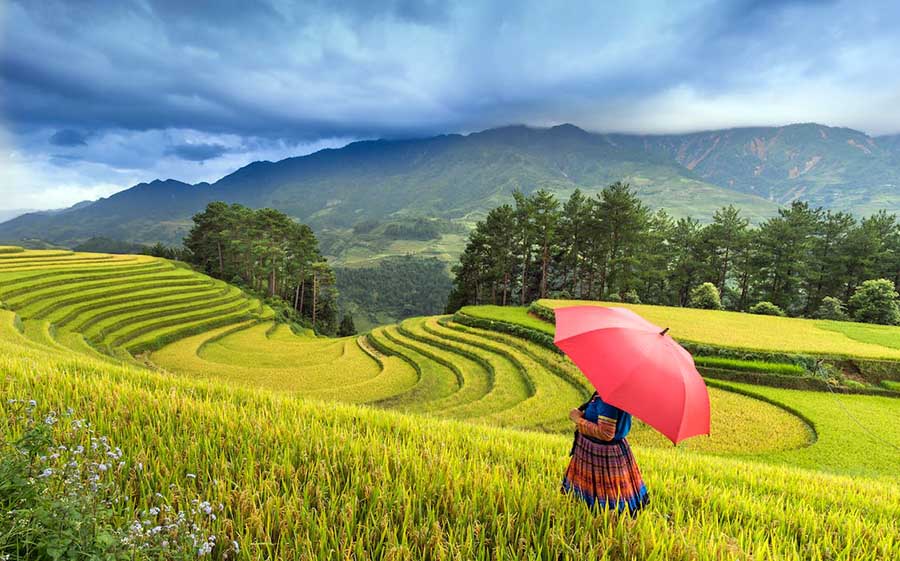
Sapa golden travel season
I can give you some hints for the optimal time to visit Sapa:
-
August - late October: Sapa is at its prime during this time of the year. Known as the rice season, starting from August, you will be treated to the picturesque view of lush green rice fields. Progressing into September and October, the scenery transitions to a stunning golden panorama. The temperature is pleasantly cool, averaging around 24°C.
-
November - January: This is the winter season, and the weather can be cold or even very chilly at night. The temperature hovers around 10°C or lower. However, this period offers a fairy-like landscape veiled in beautiful mist and clouds.
-
February - May: This is springtime - the season of local festivals and the spectacle of wild peach blossoms bursting into full bloom. The weather is pleasantly cool, around 23°C, and the scenery is vibrant and fresh.
-
June - July: With the onset of summer, Sapa experiences increased sunshine, and temperatures rise to 30°C. However, Sapa's abundant greenery provides excellent shade, offering visitors a pleasant escape from the sun and ready to embrace a relaxing retreat.
Tips for packing
For Sapa packing, you can check for a few suggestions to bring:
-
Your comfort shoes or hiking sandals - you will need to walk a lot if trekking.
-
Insect repellent: Especially when staying at homestays in the village, encountering some insects is inevitable.
-
Sunblock: When traveling in the summer and on sunny days.
-
Raincoat & umbrella: It is difficult to predict when Sapa will experience rain. The showers are usually sudden, so make sure to be ready for it.
Additionally, always remember to stay hydrated during your trekking and hanging around activities. Dressing for Sapa travel is uncomplicated. You can simply opt for light attire during summer and have warm clothing ready for the winter season.
Sapa suggested itineraries
Sapa is situated at a distance of 320km from the capital Hanoi. So it is about 6 hours of travel by bus or 8 hours by train. My recommendation is that you should spend a minimum of 2 days in Sapa, and ideally, allocate 3 to 4 days for a more comprehensive and relaxed exploration of this scenic area.
Below are some recommended travel plans for your final Sapa itinerary:
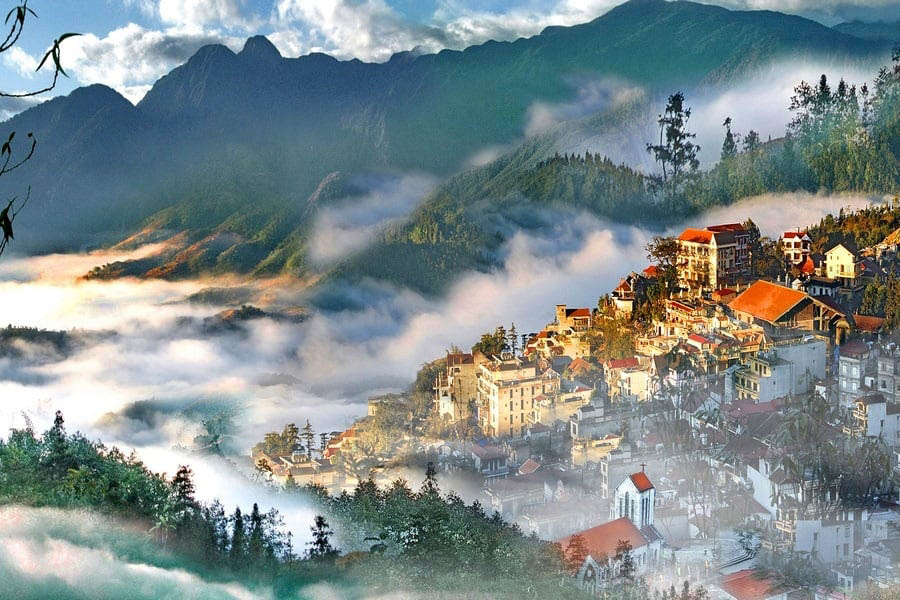
Sapa town in the mist
Sapa 2 days
-
Day 1: Hanoi - Sapa - Cat Cat Village - Sapa town explore & night market
-
Day 2: Fansipan mountain - Back to Hanoi
This Sapa itinerary is designed for a light experience of visiting the town and local villages, viewing the landscape, and exploring Fansipan - the roof of Indochina.
If you desire a more authentic and energetic journey and want to get closer to the rice fields, you can replace Cat Cat Village with a trekking adventure to Muong Hoa Valley – visiting Lao Chai, Ta Van, and Y Linh Ho Villages.
Sapa 3 days
You can thoroughly indulge in discovering every highlight of Sapa in 3 days with its town, cultural villages, terraced rice fields in the valley, and the top of Fansipan.
-
Day 1: Hanoi - Sapa - Cat Cat Village - Sapa town explore & night market
-
Day 2: Fansipan mountain - Muong Hoa Valley trekking
-
Day 3: Ham Rong Mountain - Silver Waterfall - O Quy Ho Pass - Back to Hanoi
Sapa 4 days
With an extended Sapa itinerary of 4 days or more, you can leisurely delve deeper into the wonders of Sapa, here are some add-on experiences recommended:
-
Overnight stay in an ethnic minority village for one night.
-
Unwind with coffee and scenic views at Moana Cafe or other coffee shops.
-
Take a dip in the pool and appreciate the views at hotels boasting stunning pool vistas such as Bamboo Hotel.
-
Pamper yourself with a foot soak and herbal leaf massage at the town.
-
Set aside a day for Fansipan trekking rather than choosing the regular cable car option.
-
Walk on the see-through glass bridge to test the intense feeling
-
Rent a motorbike and ride along the road from the town to reach the ethnic villages.
Sapa Travel Budget
In case you need to look for a more detailed breakdown of expenses, I have put together information on costs related:
|
Bus ticket Hanoi - Sapa |
10,2 USD/bed/1 way |
|---|---|
|
Train ticket Hanoi - Sapa |
16 USD/berth/1 way 6 USD/seat/1 way |
|
Accommodation |
|
|
Fansipan ticket |
From 38 - 43 USD (buffet lunch may included) |
|
Cat Cat Village |
6 USD/person |
|
Local guide |
About 12 USD |
|
Half-day trekking tour |
38 - 45 USD/person |
|
Ham Rong Mountain |
3 USD/person |
|
Silver Waterfall |
0,8 USD/person |
|
Glass Bridge |
16,2 USD/person |
|
Motorbike rental |
From 4 - 8 USD/motorbike/day Petrol: 1 USD/litre |
|
Buggy Car |
2 USD/1km/11 -12 person |
|
Local food |
6 USD/person/meal |
|
Estimated travel fee for 3 days Sapa itinerary (4-star option) |
90 - 140 USD |
Want to explore further? Check out our post about travel guide to Vietnam!
These are some insights into the Sapa itinerary that I want to share with you. Furthermore, You can browse through additional tours on our website or leave us a message for direct support with detailed information and our dedicated services.


